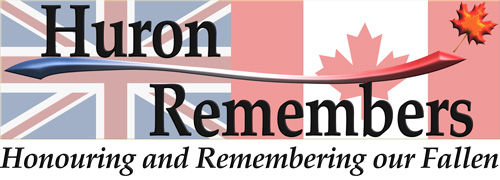The German forces during the early advances of 1914 occupied Vimy Ridge and the surrounding areas. During this period they constructed deep bunkers and tunnels. They placed many layers of barbed wire on the ridge. As well they positioned their machine gun pits in such a way that anyone attempting to advance upon the ridge would be caught in a deadly crossfire. There were 8,000 men on the ridge with approximately 3,000 in reserve and many more thousands in the rear positions.
During the occupation of the ridge by the Germans both the British Armies and French Armies had over the years tried numerous times to take control from the Germans forces. All Failed. The cost was 150,000+ men losing their lives.
The Canadian Corps was commanded by Sir Julien Byng and he was highly respected by the men of the Canadian Corps and they began to call themselves "Byngs Boys". The Commander of the 1st Canadian Division was Sir Arthur Currie. Major Alan Brooke was the officer who came up with the plan to use a rolling barrage during advances.
It was now time for the Canadian Corps to attempt to take Vimy Ridge and they felt confident that they could achieve this important objective. They knew what the cost was to the British and French and were determined not to fall into the offensive thinking of the Allies. They began to plan, think, strategize and gain intelligence on their plans to take Vimy Ridge. For many months prior the Canadians trained in the rear on fields that were made similar to features on the ridge. They sent out night raiding parties in an attempt to obtain intelligence. The Royal Flying Corps obtained intelligence by taking photographs and detailing where guns and trenches were. The Canadians were very confident in their abilities and had learned from past errors and from the British and French failures. 40,000 maps were handed out to units. The maps a unit received shows their objectives and what they needed to do to accomplish their objectives as well as the objectives on their flanks. Every junior officer and NCO knew what their commanders did in the event the commander fell.
Early bombardments onto the ridge began on Monday March 20 and the intent was to eliminate heavy guns and machine gun pits. The bombarding lasted 13 days until Saturday April 1.
During the next week the Canadians began to take their places in preparation for the offensive and by Saturday April 8 all were in place. It was cold, raining and snowing at the same time and the Canadian Corps advance onto Vimy Ridge began at 5:30 am on Sunday April 9, 1917. 15,000 me of the Canadian Corps began their advance onto Vimy Ridge and by mid afternoon they had achieved all of their objectives overlooking the Douai Plain except one. The one objective they could not achieve was at the north end of the ridge and was known as the "Pimple".
The men defending this position against the Canadians held out until Wednesday April 12 at which time the Canadians over ran them. By the end of the day the Canadians took 4,000 prisoners. The Battle for Vimy Ridge was the bloodiest and most costly in Canadian military history. The Canadian Corps lost 3,598 men on the battlefield and suffered 7,000 being wounded.
This battle was the first time the Canadian Corps had fought as one. The Germans had retreated and the Canadians had successfully advanced 4,500 yards.
The Canadian Battlefields Memorials Commission made the decision to build a Vimy Ridge battlefield memorial in 1920. The plan was to construct 8 memorials in France and Belgium. Prime Minister MacKenzie King supported a memorial at Vimy and considered it "hallowed ground".
The French Government ceded 250 acres of land in perpetuity in December of 1922.
Construction of the Vimy Memorial began in 1925 and11 years later in 1936 the memorial was completed. The memorial has 11 figures and they represent faith, justice, peace, honour charity, truth, knowledge and hope. An important figure is "Mother Canada" who stands overlooking the Douai Plain and "mourns her fallen sons". There are 11,285 names of our fallen etched into the ramparts of the memorial.
In July of 1936 with 6,000 Canadian veterans in attendance and more than 100,000 people in attendance the memorial was unveiled by King Edward VIII.
Adolph Hitler and his top generals visited the Vimy Memorial of June 2,1940. There had been word spread that the Nazis had damaged the Vimy Memorial. Hitler wanted to show that the memorial was not damaged and summoned the world press to Vimy.
The Vimy Memorial was Hitler's favourite because it was a World War I monument for peace and not a celebration of war. There are no guns, no cannonballs and no helmeted soldiers. Instead the figures are mourning Canada's loss. He then assigned the Waffen SS who guarded Hitler and who were the most brutal of any German force to guard the Vimy Memorial. The memorial and surrounding cemeteries were maintained and at the end of the war in 1945 it was found that no damage or defacing had taken place.


